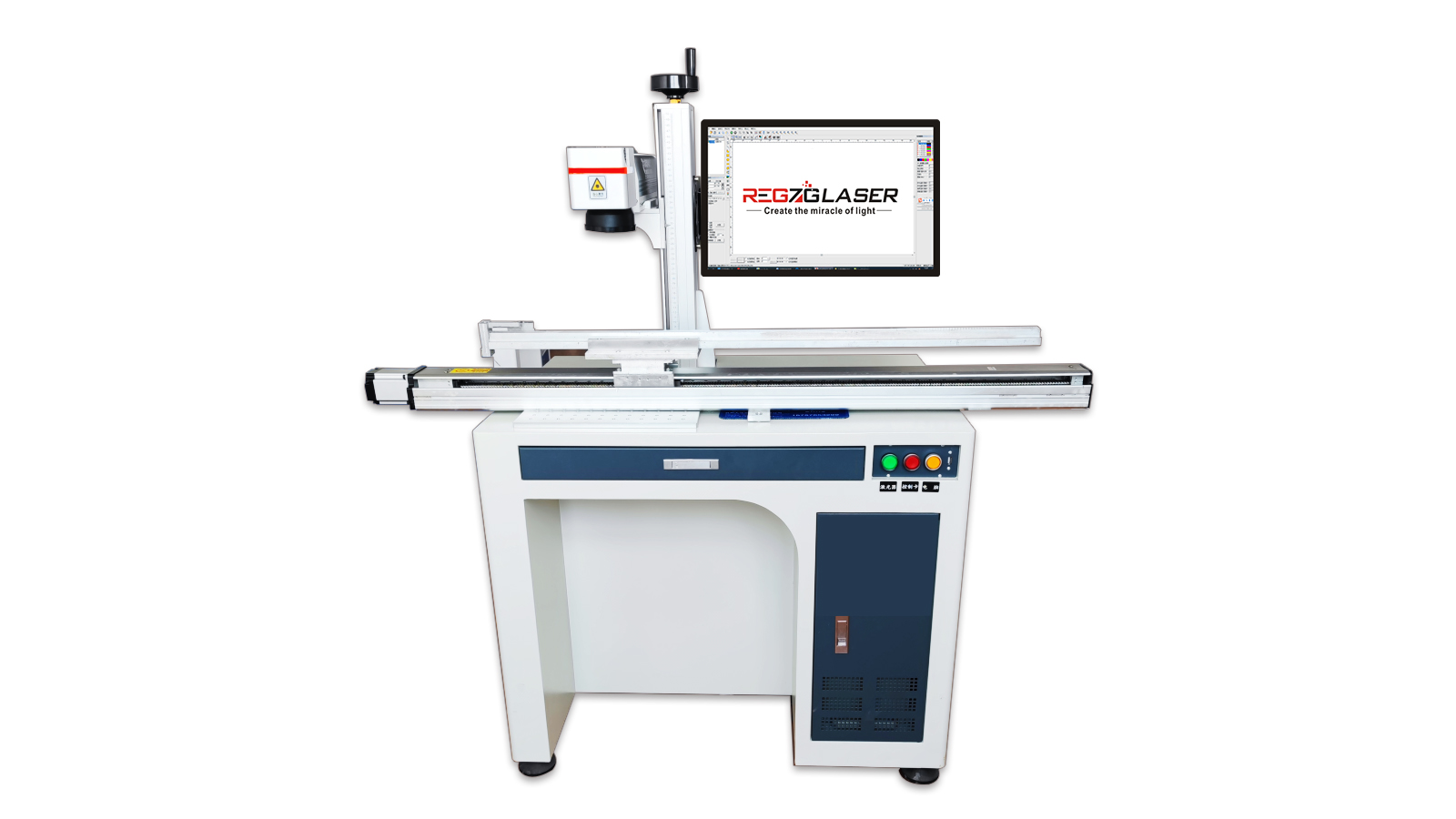

Progress on High-Power Supercontinuum Laser Sources at 3-5 μm

High-power 3~5μm mid-infrared supercontinuum lasers have important applications in environmental monitoring, biomedicine, surveying and measurement, national defense and security, etc. Among the nonlinear media that generate mid-infrared supercontinuum lasers, optical fibers have been widely studied because they can easily achieve large nonlinear coefficients, have long effective working distances, flexible structures, and are easy to integrate. In recent years, the technical solutions for high-power mid-infrared supercontinuum fiber lasers in the 3~5μm band have become increasingly rich, and performance indicators have gradually improved. This paper summarizes the current development status of mid-infrared supercontinuum fiber lasers with a spectral coverage of 3~5μm, and looks forward to their development trends. Keywords Laser optics; supercontinuum generation; nonlinear effect; optical fiber; optical fiber amplifier
High-power supercontinuum laser sources have a variety of potential applications, including active hyperspectral imaging, long-distance environmental sensing, and homeland security. The development trends of mid-infrared supercontinuum fiber lasers are mainly as follows:
1) The output power continues to increase. With the development of near-infrared and short-wave infrared fiber laser technology and the development of soft glass fiber processing technology, the output power of mid-infrared supercontinuum fiber lasers based on fluoride fibers has been continuously increased to 30W. With the development of mid-infrared fiber laser technology and the demand for supercontinuum fiber lasers, the output power of 3~5μm mid-infrared supercontinuum fiber lasers needs to be further improved.
2) The power conversion efficiency is gradually improved. In early studies, low spatial coupling efficiency and large fiber transmission loss limited the improvement of the power conversion efficiency of supercontinuum fiber lasers. With the development of low-loss beam coupling technologies such as end-to-end butt joint and fusion, the successful development of low-loss optical fibers and the red shift of pump wavelengths, the power conversion efficiency of supercontinuum fiber lasers has gradually improved. It can be expected that with the further reduction of transmission loss in mid-infrared optical fibers and the further red shift of pump wavelengths, there is still a lot of room for improvement in power conversion efficiency.
3) Optimization of spectral characteristics is still ongoing. Due to the limitation of short wavelength or narrow spectrum of pump lasers, the short-wavelength component power of early high-power mid-infrared supercontinuum fiber lasers accounted for too high a proportion, or there was a residual spectral peak at the pump wavelength. After the emergence of supercontinuum lasers as pump sources, spectrally flat mid-infrared supercontinuum lasers have been widely studied, and the power share of long-wavelength spectral components has been significantly improved. With the development of long-wavelength pump source technology, the optimization of spectral characteristics (such as spectral shape and long-wavelength power share) has become an obvious trend.
4) The pump wavelength gradually develops towards long wavelengths. From the development history of high-power supercontinuum fiber lasers, it can be found that with the development of fiber laser technology, the pump wavelength of mid-infrared high-power supercontinuum fiber lasers has gradually moved towards long wavelengths, from the 1.5μm band to the 2μm band, then to the 2-2.5μm band, and now to the 3μm band. The increase in pump wavelength is conducive to reducing quantum loss, reducing heat, and improving power conversion efficiency during the conversion of pump light to mid-infrared supercontinuum fiber lasers. It can be foreseen that the extension of pump wavelength to long wavelengths is an important development trend of mid-infrared supercontinuum fiber lasers.
It can be foreseen that in the near future, high-power mid-infrared supercontinuum fiber lasers will move from experimental research to practical applications, playing a unique role in scientific research, production, and life.

